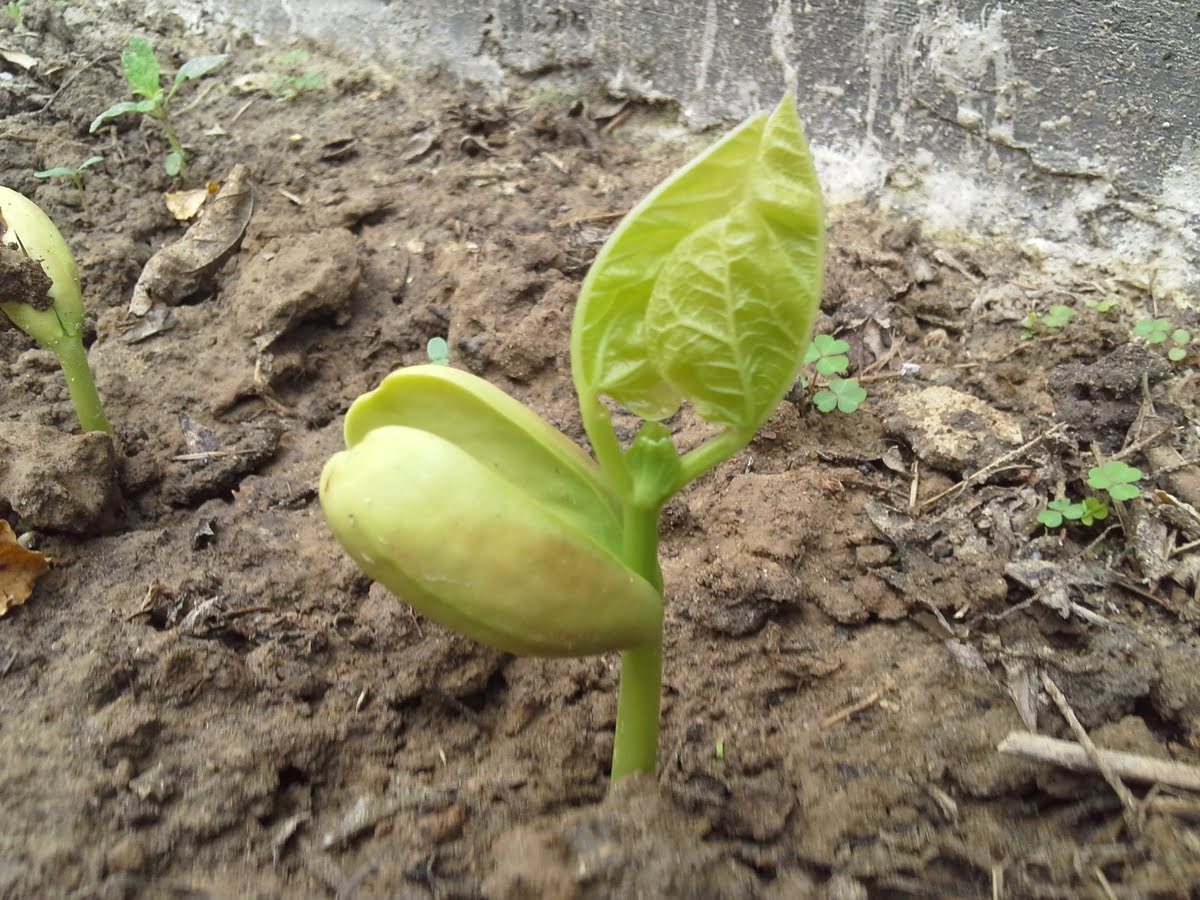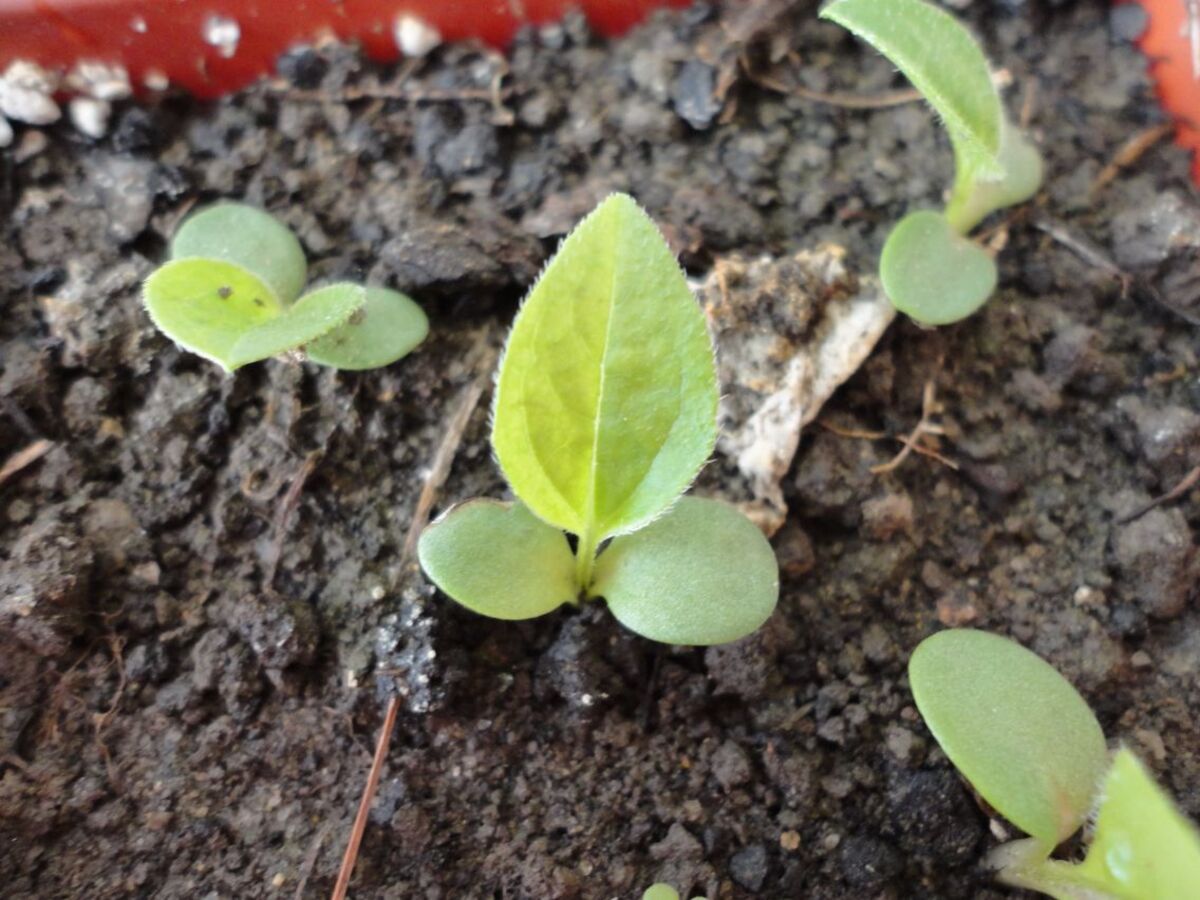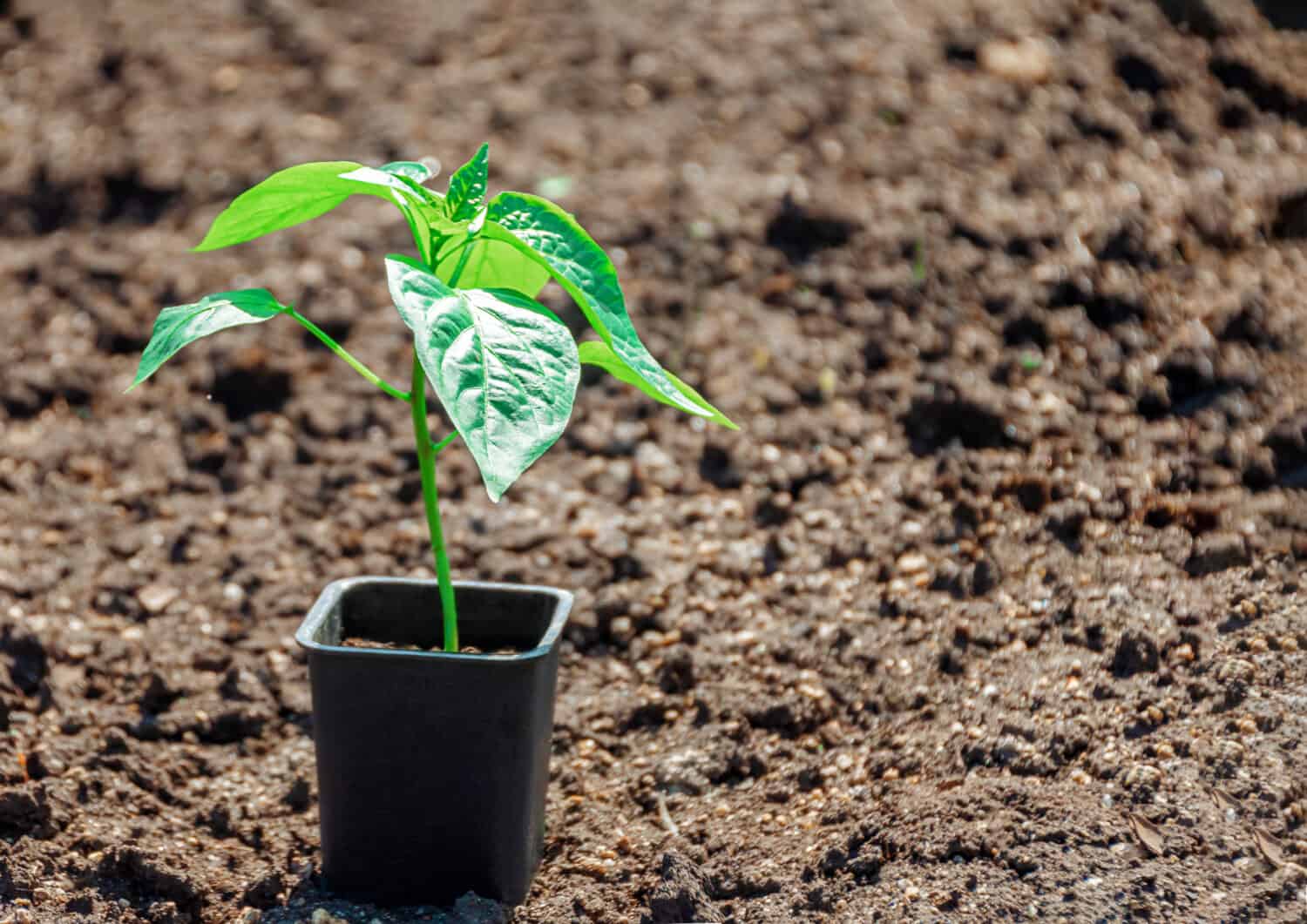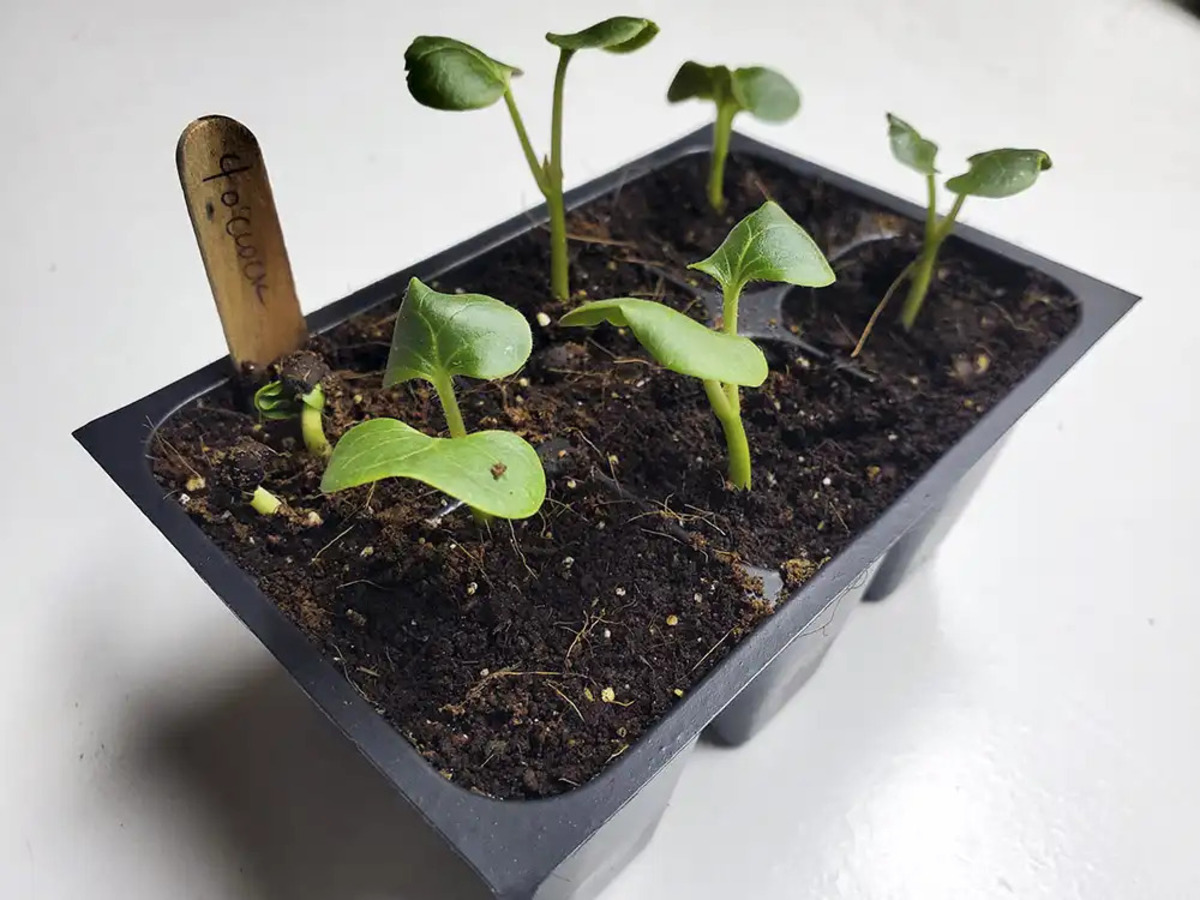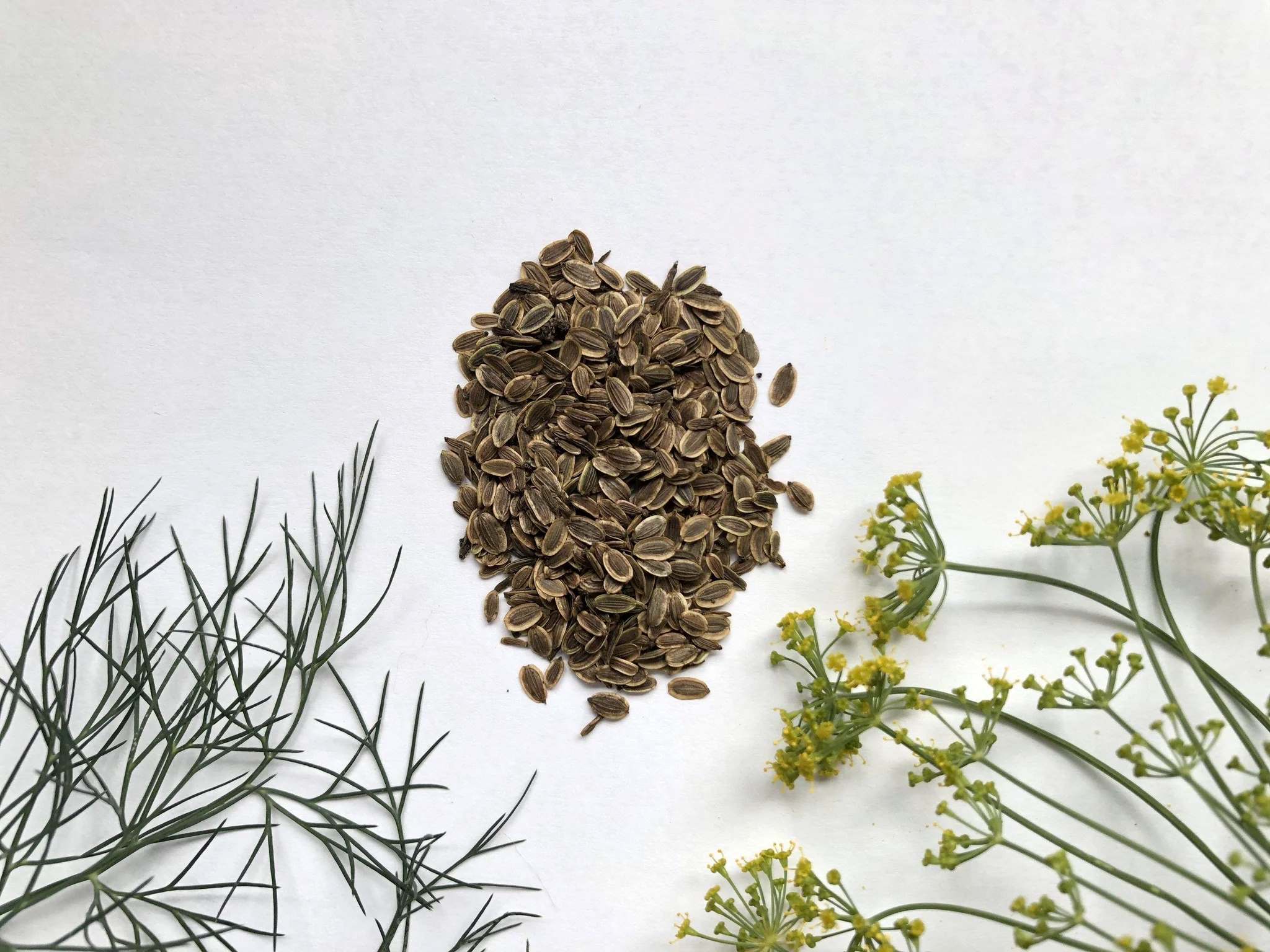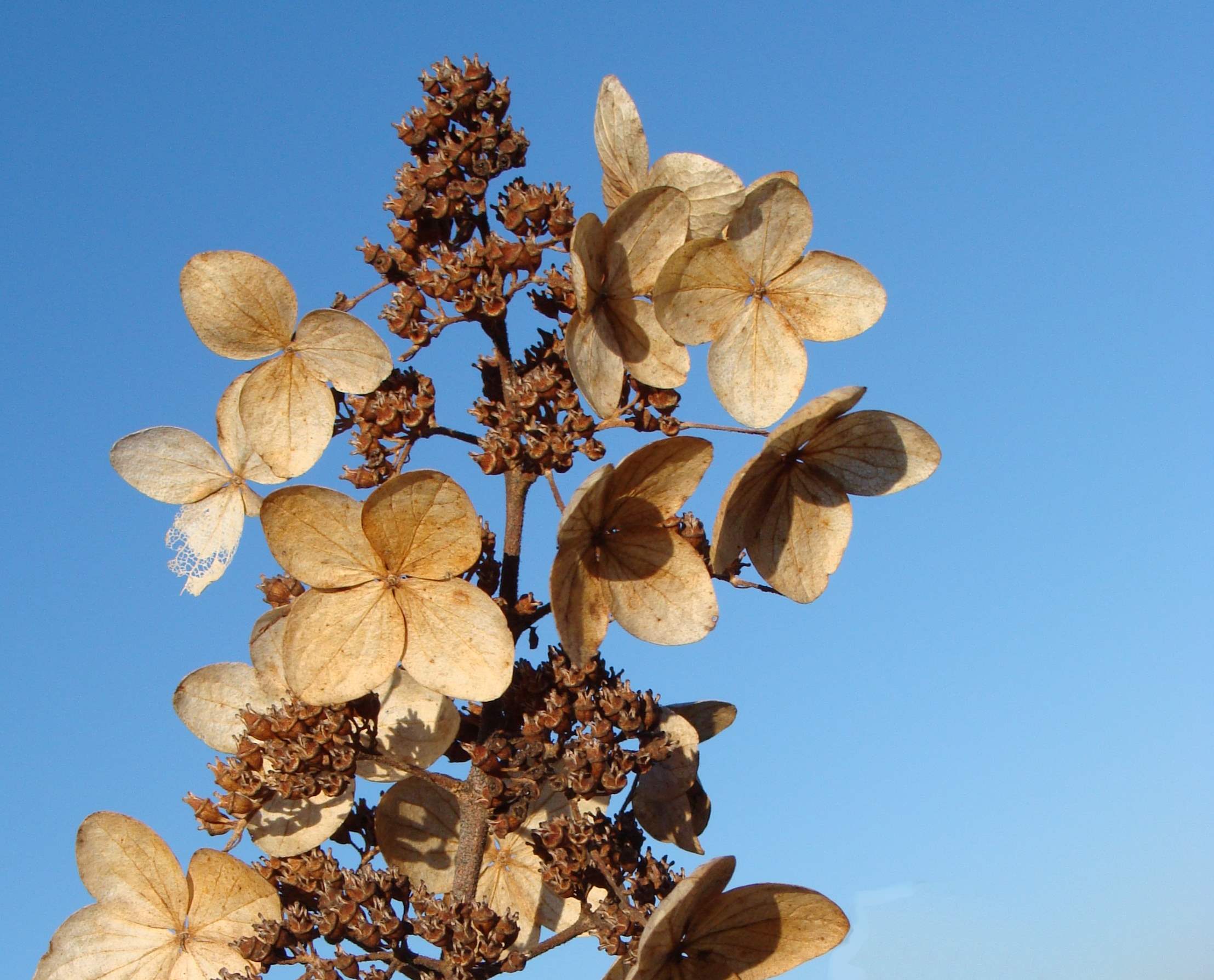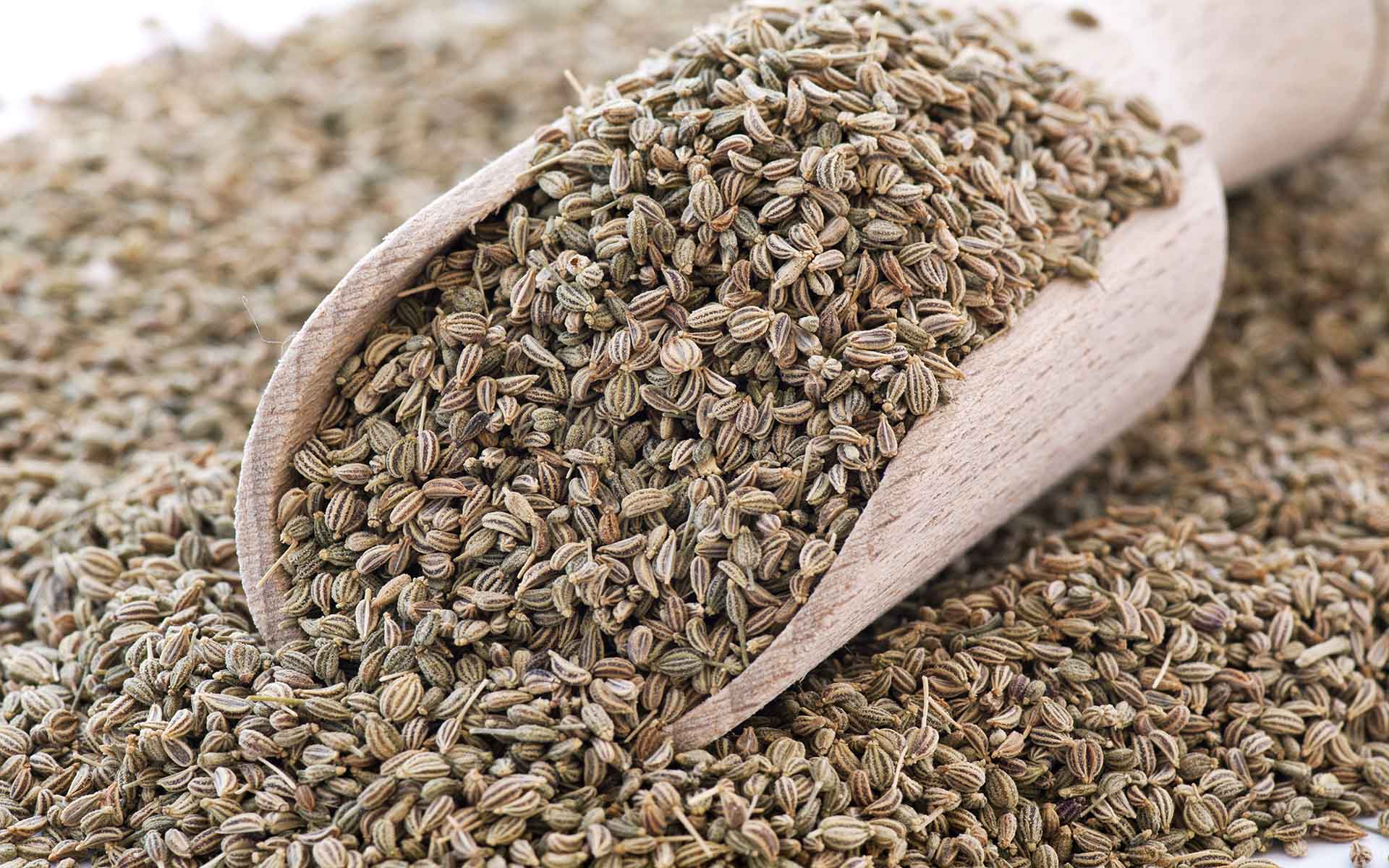Home>Types of Gardening>Ornamental Gardening>What Do Poppy Seedlings Look Like
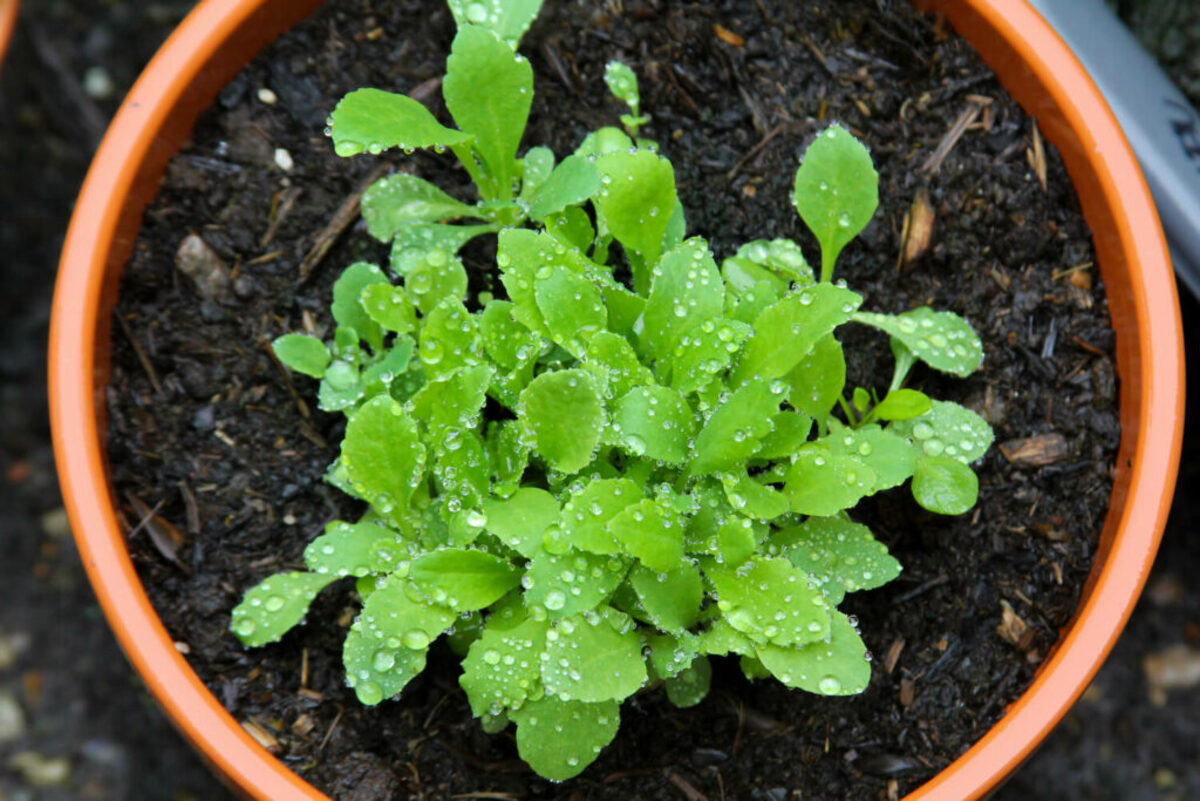

Ornamental Gardening
What Do Poppy Seedlings Look Like
Modified: January 22, 2024
Learn the characteristics of poppy seedlings in ornamental gardening. Discover what poppy seedlings look like and how to care for them to create a beautiful garden.
(Many of the links in this article redirect to a specific reviewed product. Your purchase of these products through affiliate links helps to generate commission for Chicagolandgardening.com, at no extra cost. Learn more)
Table of Contents
Introduction
Welcome to the fascinating world of ornamental gardening! If you have a love for vibrant and visually stunning plants, then you are in the right place. Ornamental gardening is the art of cultivating and beautifying your outdoor spaces with plants that are primarily grown for their aesthetic appeal.
One key aspect of ornamental gardening is the use of various plant species and varieties to create visually pleasing displays. Among the many choices available, poppies are a popular choice for their captivating flowers and delicate foliage.
Poppy seedlings are the young, early-stage plants that eventually grow into the magnificent poppy flowers that we admire. Understanding the appearance and characteristics of poppy seedlings is essential for successful cultivation and nurturing.
In this article, we will explore the key features and growth requirements of poppy seedlings, as well as common problems that gardeners may encounter. By the end, you will have a comprehensive understanding of what to expect when growing these delightful plants.
So, let’s dive in and discover the enchanting world of poppy seedlings!
Characteristics of Poppy Seedlings
Poppy seedlings possess several distinctive characteristics that set them apart from other plants. Understanding these traits will help you identify and nurture them effectively. Here are some key characteristics of poppy seedlings:
- Cotyledons: When poppy seeds germinate, the first leaves to emerge are called cotyledons. These are typically round or oval-shaped leaves that serve as the initial food source for the seedling.
- Fine, feathery foliage: As poppy seedlings mature, their true leaves begin to develop. These leaves have a delicate and feathery appearance, adding a touch of elegance to the young plants.
- Stem color: Seedlings initially have pale green stems that gradually darken as they grow. The stems can develop reddish or purplish hues, adding visual interest to the plants.
- Taproot: Poppy seedlings develop a strong taproot, which serves as an anchor and provides stability for the plant as it grows. This deep root system helps the seedlings access moisture and nutrients from the soil.
- Size and height: Poppy seedlings start small, typically only a few inches in height. However, they have the potential to grow into tall and elegant plants, with some varieties reaching several feet in height.
- Leaf shape and texture: Depending on the poppy species or variety, the leaves of the seedlings can vary in shape. They may be lobed, deeply divided, or resemble fern fronds, giving them a unique and visually appealing texture.
These characteristics give poppy seedlings their distinctive charm and make them a delightful addition to any ornamental garden. With their fine foliage and graceful stature, poppy seedlings are sure to captivate your attention.
Germination Process
The germination process is a crucial stage in the life cycle of poppy seedlings. Understanding how this process works will enable you to provide the optimal conditions for successful germination. Here’s an overview of the germination process of poppy seeds:
Sowing the seeds: To initiate the germination process, sow poppy seeds in well-drained soil. It’s best to sow the seeds directly in the garden bed or in containers if you prefer to start them indoors.
Moisture and temperature: Poppy seeds require consistent moisture to germinate, so ensure the soil is kept consistently moist during this stage. The ideal temperature for germination is between 60 to 70 degrees Fahrenheit (15 to 21 degrees Celsius).
Light requirements: Unlike some seeds, poppy seeds do not require light for germination. In fact, they germinate best when covered with a thin layer of soil, approximately 1/8 to 1/4 inch deep.
Germination time: Poppy seeds typically germinate within two to four weeks, though it can vary depending on environmental conditions and seed quality.
During the germination process, it’s important to monitor the soil moisture levels to ensure they remain consistent. Be careful not to overwater, as excessive moisture can lead to rotting of the seeds or seedlings.
Additionally, providing adequate air circulation and ventilation will promote healthy germination, as it helps prevent the growth of mold or fungus.
Once the poppy seeds have germinated and the seedlings have emerged, it’s time to shift your focus to their care and proper growth.
Now that we have explored the germination process, let’s move on to the next section to discover the appearance of poppy seedlings!
Overall length is 363.
Appearance of Poppy Seedlings
Poppy seedlings possess a distinct appearance that evolves as they grow and mature. Understanding the visual characteristics of poppy seedlings will help you identify them and differentiate them from other plants in your garden. Here’s what you can expect in terms of the appearance of poppy seedlings:
Cotyledons: When poppy seeds first germinate, the seedlings emerge with their cotyledons, or seed leaves. These initial leaves are typically round or oval-shaped and serve as the first source of energy for the young plant.
True leaves: As the poppy seedlings grow, their true leaves begin to develop. These leaves have a feathery, delicate appearance and may be deeply lobed or finely divided, depending on the poppy species or variety.
Stem: The stems of poppy seedlings are initially pale green but can develop shades of red or purple as they mature. The stems are typically slender and can vary in height and thickness depending on the specific poppy variety.
Size: Poppy seedlings start off small, usually just a few inches tall. However, as they continue to grow, they can reach varying heights, with some varieties reaching several feet. The growth rate and ultimate height will depend on the specific poppy species and the conditions in which they are cultivated.
Foliage: The foliage of poppy seedlings is one of their most distinctive and attractive features. The leaves are typically a vibrant green color and have a delicate, airy texture. They may also be deeply lobed or have finely serrated edges, adding to their ornamental value.
Overall, poppy seedlings have a graceful and dainty appearance, with their fine foliage and slender stems. Their unique leaves and vibrant green color make them easily identifiable in the garden, adding a touch of beauty and charm.
Now that we have discussed the appearance of poppy seedlings, let’s move on to understanding the specific growth requirements for successfully nurturing these lovely plants.
Growth Requirements
Providing the right growing conditions is essential for the healthy growth and development of poppy seedlings. By understanding their specific requirements, you can ensure that your ornamental garden flourishes with these stunning plants. Here are the key growth requirements for poppy seedlings:
Sunlight: Poppy seedlings thrive in full sun to partial shade. They require at least 6 to 8 hours of sunlight each day to support healthy growth and vibrant blooms. However, in warmer climates, providing some afternoon shade can help protect the seedlings from strong and direct sunlight.
Soil: Well-drained soil is crucial for poppy seedlings. They prefer soil that is rich in organic matter and has good drainage to prevent waterlogging. Amending the soil with compost or organic matter prior to planting will help ensure optimal soil conditions for their growth.
Watering: Poppy seedlings require regular watering, especially during dry periods. The soil should be kept evenly moist but not overly saturated. Water deeply to encourage the development of a healthy root system, but avoid overwatering as this can lead to root rot.
Temperature: Poppy seedlings are cool-season plants and can tolerate mild frost. They prefer temperatures between 50 to 75 degrees Fahrenheit (10 to 24 degrees Celsius). Avoid planting them in areas with extreme heat, as this can cause the plants to wilt or suffer heat stress.
Feeding: Fertilize poppy seedlings with a balanced organic fertilizer during the growing season to provide them with essential nutrients. Follow the manufacturer’s instructions for application rates and frequency. Be cautious not to over-fertilize, as this can lead to excessive foliage growth with limited flower production.
Weed and pest control: Keep the area around poppy seedlings free from weeds to prevent competition for nutrients and water. Regularly inspect the plants for common pests such as aphids or slugs. If necessary, employ organic pest control methods to protect your seedlings without harming beneficial insects.
By meeting these growth requirements, you will create a favorable environment for the healthy and robust growth of your poppy seedlings. With proper care, they will flourish and reward you with their stunning blossoms.
Now let’s move on to the next section, where we will discuss some common problems that you may encounter when growing poppy seedlings.
Common Problems
While poppy seedlings are generally resilient, they can still face certain challenges that may affect their growth and overall health. Being aware of these common problems will help you take proactive measures to address them effectively. Here are some issues you may encounter when growing poppy seedlings:
Damping off: Damping off is a fungal disease that can affect poppy seedlings. It causes the seedlings to rot at the base and eventually collapse. To prevent damping off, ensure that the soil is well-drained and avoid overwatering. Providing good air circulation and a balanced watering schedule can also help prevent this disease.
Powdery mildew: Powdery mildew is a fungal infection that appears as a white powdery residue on the leaves and stems of poppy seedlings. It thrives in humid conditions with poor air circulation. To prevent powdery mildew, provide adequate spacing between plants, water at the base, and avoid wetting the foliage. In severe cases, consider using organic fungicides.
Aphids: Aphids are small pests that feed on the sap of poppy seedlings. They can cause stunted growth and distorted leaves. To control aphids, use a strong jet of water to dislodge them from the plants. Introduce beneficial insects like ladybugs or use organic insecticidal soaps as a natural control method.
Slugs and snails: Slugs and snails are common pests that can damage poppy seedlings by feeding on their foliage. To control these pests, remove any hiding places and create barriers using copper tape or diatomaceous earth. You can also try trapping them using beer traps or handpicking them off the plants.
Poor growth or flowering: If your poppy seedlings are not growing as expected or are not producing blooms, it could be due to insufficient sunlight, poor soil conditions, or inadequate fertilization. Ensure they receive enough sun, amend the soil with organic matter, and provide them with proper nutrients through regular fertilization to promote healthy growth and abundant flowering.
By being vigilant and addressing these common problems promptly, you can help maintain the vitality and beauty of your poppy seedlings. Remember that prevention and early intervention are key to keeping your plants healthy and thriving.
Now that we have explored some common problems, let’s wrap up our discussion on poppy seedlings.
Conclusion
Growing poppy seedlings can be a rewarding experience that adds beauty and elegance to your garden. Understanding their characteristics, the germination process, appearance, growth requirements, and common problems will help you cultivate these stunning plants successfully.
Poppy seedlings exhibit unique features such as their cotyledons, fine foliage, and slender stems. With proper care and attention, they can grow into tall and graceful plants adorned with vibrant flowers.
To ensure optimal growth, provide your poppy seedlings with adequate sunlight, well-drained soil, regular watering, and appropriate temperatures. Feeding them with organic fertilizers and maintaining a weed-free environment will further support their growth and health.
Be watchful for common problems like damping off, powdery mildew, aphids, and slugs. By taking preventive measures and employing organic pest control methods, you can protect your seedlings and preserve their beauty.
Remember that gardening is a continuous learning process, and each growing season presents its unique challenges. By staying curious, adapting your approach, and seeking additional resources, you can become an even more skilled gardener.
So, whether you’re starting your poppy seedlings from scratch or nurturing mature plants, enjoy the journey and the rewards that come with cultivating these enchanting flowers.
Happy gardening!
